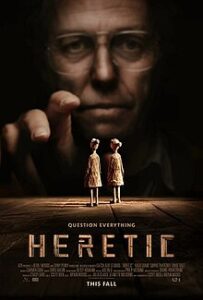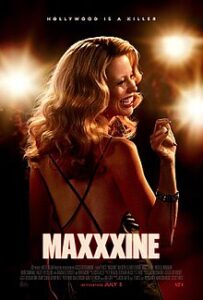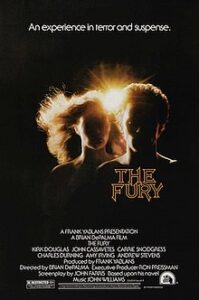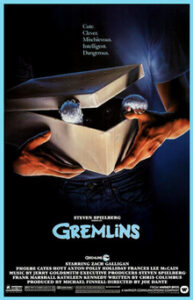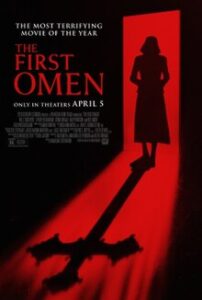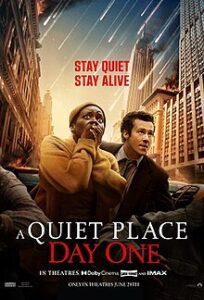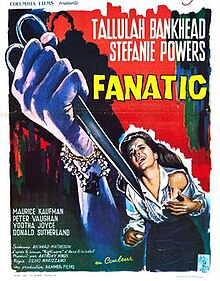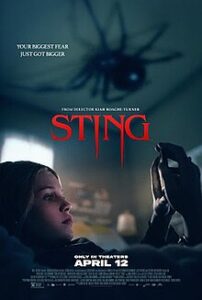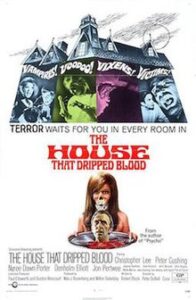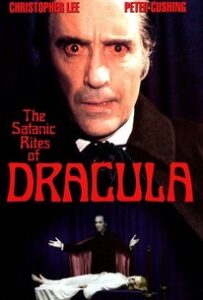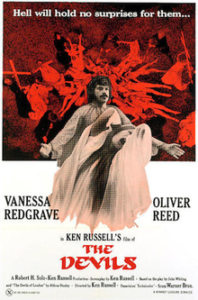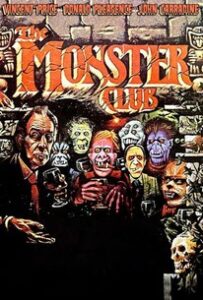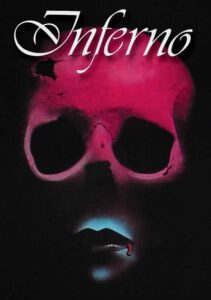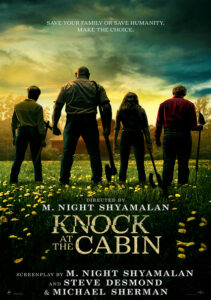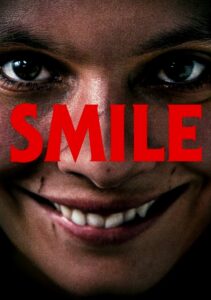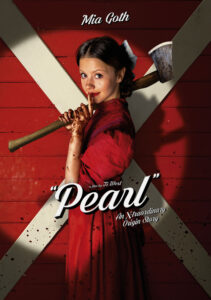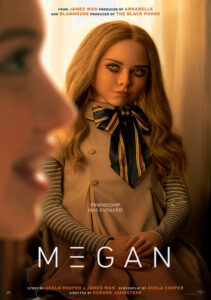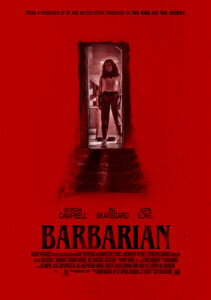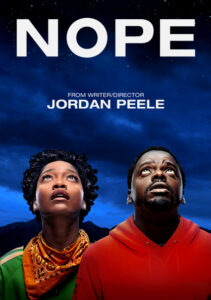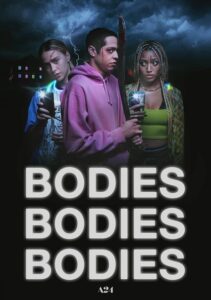The Monkey-2025
Director Oz Perkins
Starring Theo James, Christian Convery
Scott’s Review #1,471
Reviewed March 14, 2025
Grade: B
The Monkey (2025) is a macabre horror/comedy film based on a 1980 Stephen King short story.
The film is directed by Oz Perkins, son of legendary actor Anthony Perkins, forever famous for portraying Norman Bates in Alfred Hitchcock’s Psycho (1960).
He also wrote the screenplay proving that horror runs in his Hollywood royalty tinged blood.
Partnering with James Wan, who co-created the lethal Saw (2004-present) franchise, which The Monkey mostly resembles, adds experience and credibility to the project.
Deadly set pieces and dangling machinery just waiting to slice and dice willing victims to bits make the film a fun experience.
When twin brothers (Christian Convery/Theo James) find a mysterious wind-up monkey, a series of outrageous deaths tear their family apart, leaving them to live with their kooky aunt and uncle and ultimately estranged.
Twenty-five years later, after lying dormant, the devious monkey begins a new killing spree, forcing the siblings to reunite and confront the cursed toy.
For horror fans, the best part of The Monkey is the gruesome death scenes. Wan, well versed in eye gouging, decapitations, and torn limbs, must have inspired Perkins during the final cut.
Wonderfully wicked kills include a gorgeous bikini-clad female pool goer blown to bits, a busload of cheery cheerleaders decapitated, a shop owner disemboweled with a harpoon gun, a bowling ball decapitating another victim, and an unlikable victim being killed by a swarm of wasps.
The uproarious deaths are applaud-worthy because most of the victims are annoying or unsympathetic in some way. The audience delights in witnessing their endings in such gory fashion.
As the adult Hal/Bill Shelburn, Theo James carries the film as the charismatic, bookworm, Hal and the egotistical Bill. James, ridiculously handsome, looks even more adorable in glasses and shy awkwardness.
Hal attempts to reconnect with his son, Petey (Colin O’Brien), with whom he only spends one week per year. Rather than being an absent father, he strives to protect him from the terrible monkey.
Many supporting characters are played over the top and wacky, making the film a goofy horror/comedy. Elijah Wood appears as Ted Hammerman, Hal’s ex-wife’s new husband, while Adam Scott plays Hal’s and Bill’s absent father, with whom the monkey originated after a trip abroad.
As gory delicious as the blood and guts are, the story isn’t much of a highlight. The brother Bill is written as so much of an asshole that one wonders why Hal is so tolerant towards him.
The ending is predictable, and there is not much closure with the monkey. A half-assed explanation of whomever turns the key in the monkey’s back is immune from being killed or some such explanation didn’t wow me.
The film could be a Twilight Zone or horror series episode over a full-length production, running out of gas towards the end.
Oz Perkins is a rising director who creates a cruelly delightful film that feels like an independent production. Choosing to propel viewers into a gore fest over a scary film, The Monkey (2025) is a modest success.

